Go Banking Rates
Are Tiny Homes Worth It? 21 Reasons Why They’re a Huge Mistake
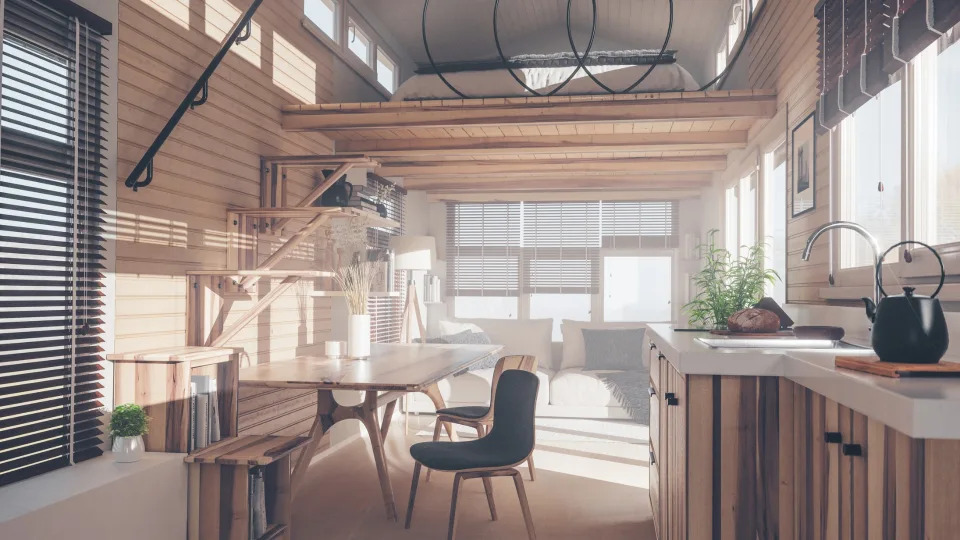
All the hype surrounding TV shows like “Tiny House, Big Living” and “Tiny House Nation” have piqued the interest of people looking for a financially and environmentally sustainable lifestyle. But what looks good on reality TV can be much less appealing in real life — especially if you have children.
A home is generally considered tiny if it’s less than 600 square feet. However, the average tiny home is much smaller — just 225 square feet, according to a 2021 survey by Porch Research.
Before making a huge mistake, you should do your research and learn the true cost of getting a tiny house.

Types of Tiny Homes
Tiny homes come in several varieties. At the higher end are traditional stick-built or modular homes constructed on permanent foundations. A more common style is built on a mobile trailer using conventional construction materials. It’s also possible to convert a shed or storage container into a tiny house by using the structure as the home’s shell.
But no matter how you construct your tiny home, you might encounter the same problems with it — so, keep reading to see why you should think twice before springing for that purchase.
Take Our Poll: Are You Concerned About the Safety of Your Money in Your Bank Accounts?
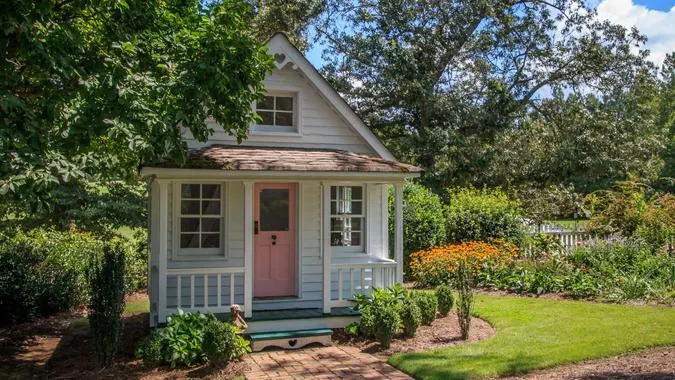
1. Tiny Homes Are a Fad, Not a Trend
The difference between a trend and a fad is staying power. Trends endure and evolve, whereas fads are met with wild enthusiasm for a short time, but then they fizzle.
The tiny-home movement might’ve sprung from the trend toward minimalism and experiential lifestyles, but many proponents dive in without considering the significant challenges inherent in living in a tiny space — suggesting that tiny homes are a fad, not a trend.
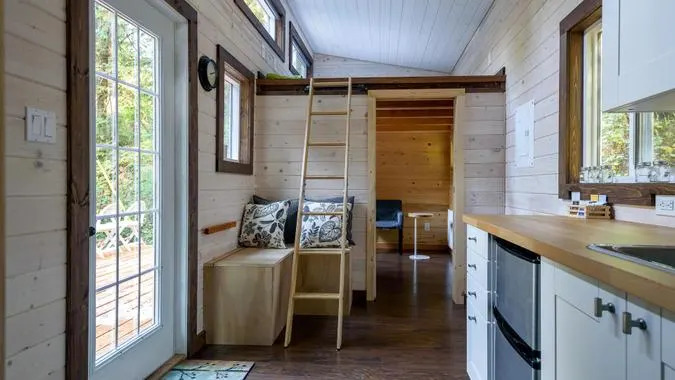
2. Tiny Homes Are Expensive
The small size of tiny homes doesn’t make them much cheaper to build — in fact, the typical tiny house costs more per square foot than larger houses do, in part because larger construction jobs make for more efficient use of resources.
The average 2,600-square-foot home costs about $190 per square foot to build, according to Fixr, whereas the best-selling home constructed by Tumbleweed Tiny House Company — one of the best-known tiny-house builders in America — costs about $326 per square foot.
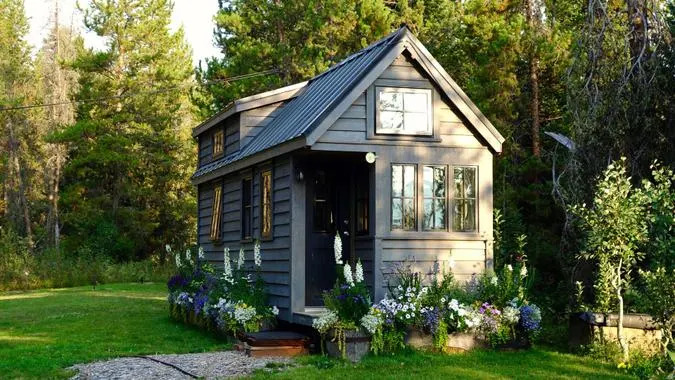
3. It Might Be a Home, but It’s Probably Not a House
Many tiny homes are built on trailers, which makes them recreational vehicles. In fact, the Tumbleweed Tiny House Company calls its products “tiny house RVs” and builds its homes according to the Recreational Vehicle Industry Association certification standards. By Tumbleweed Tiny House Company’s own definition, its products are RVs, not houses.
Housing Market 2023: Is a Double-Digit Drop in Prices Coming?
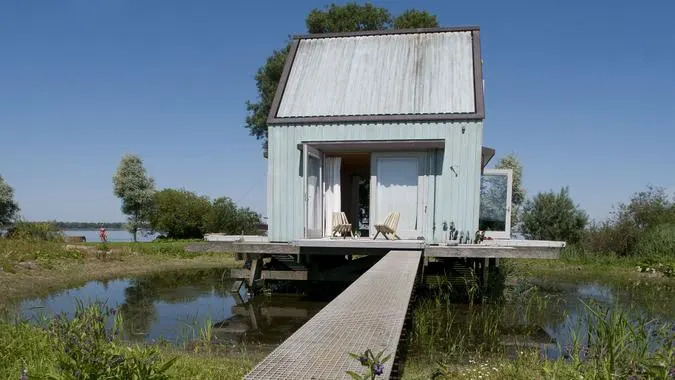
4. Houses — Even Tiny Ones — Must Be Built to Code
Tiny homes built on foundations typically must meet the same code requirements as any other house, but the cost might be disproportionate — and even prohibitive — if you’re working with a bare-bones budget. You might have to prepare the land for construction, pull permits, order inspections and pay to bring utility service to the site.

5. Many Tiny-Home Owners Aren’t Tiny-Home Dwellers
Owners of tiny homes don’t necessarily live in their houses full time. Often, these owners use their homes as vacation getaways or trade up for larger homes. The challenges that come with living in a tiny home aren’t so challenging if you’re only there for a few nights per year.

6. Millennials Might Regret Their Home Purchase
According to the “Real Estate Witch 2023 Millennial Home Buyer Survey,” Millennials’ biggest homebuying regret is paying too much interest (22%), which could make a case for going tiny. But almost as many (18%) regret not anticipating future needs — a regret that’s likely much more prevalent among tiny-home buyers.
Read: Dave Ramsey’s 7 Tips for Paying Off a Mortgage Faster

7. There’s No Space To Expand Your Family
A tiny home that works for individuals might not work for couples. And what works for a couple might not accommodate a baby and the supplies that come along with having one. Even bringing a pet into the mix can overcrowd your tiny space.
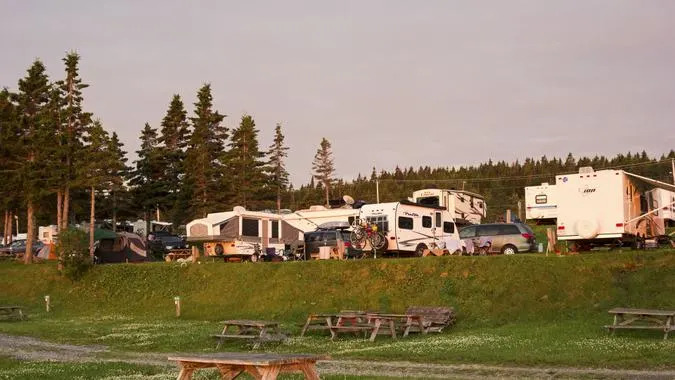
8. Tiny Homes Limit Where You Can Live
While some cities have loosened zoning restrictions to accommodate tiny homes, most cities don’t allow tiny homes on wheels to be parked in residential yards or used as permanent residences without the appropriate permits. You’ll have to research local codes and ordinances before you make any decisions, or park your tiny home in an RV park or other designated area.
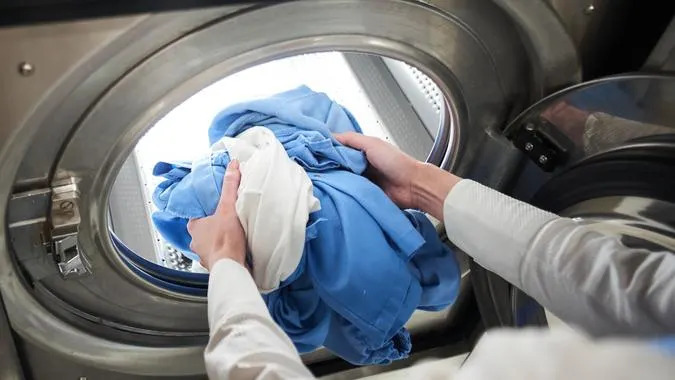
9. It’s a Tough Lifestyle
Tiny living takes a lot of work. You’ll have to go grocery shopping more often, pick up mail from a post office box and do frequent small loads of laundry in a compact washing machine. You might also have to empty out a composting toilet, climb in and out of a sleeping loft and grapple with multifunction furniture that needs to be opened or closed — or folded and unfolded — every time you use it.
I’m a Self-Made Millionaire: These Are the 6 Investments Everyone Should Make During an Economic Downturn

10. Tiny Living Isn’t Always Functional
Tiny living looks like a simple lifestyle at first glance, but it can actually be rather chaotic. Tiny houses often have low ceilings and tight transition spaces that require residents to constantly duck and squeeze as they navigate their surroundings, prepare meals, take showers and climb into bed. Even eating takeout becomes a chore when you lack adequate dining space.
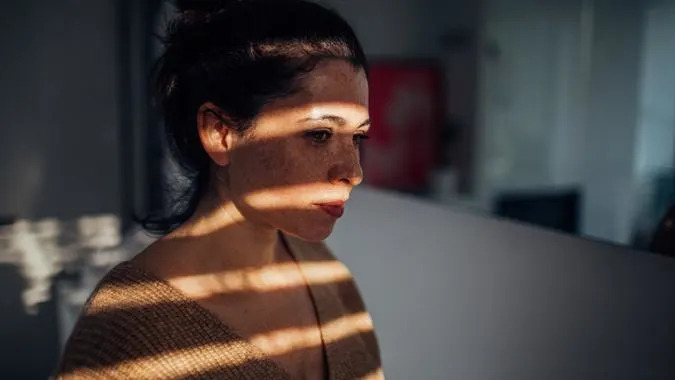
11. The Cramped Space Wears On Your Mental Health
An overcrowded home has been linked to increased stress and anxiety in families, likely due to lack of privacy and disrupted sleep. Children might also find it difficult to locate a quiet place to read or complete schoolwork in such close quarters.
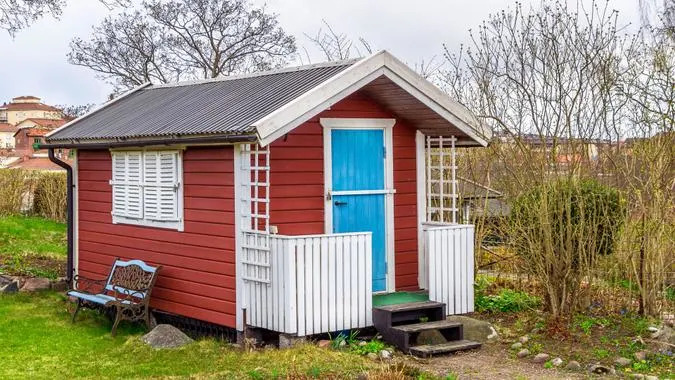
12. Parking Your Tiny Home Isn’t Free
Unless you’re allowed to park your tiny home in someone’s backyard, you’ll have to find a place to put it — and that costs money. You can purchase land if you have enough savings or lease a lot — perhaps in an RV park or manufactured home community — for a fixed price per month.
$2,000 Quarter? Check Your Pockets Before You Use This 2004 Coin
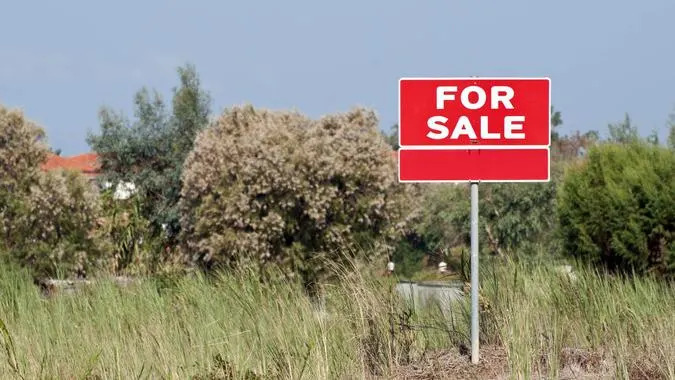
13. There’s a Limit to How Small You Can Go
Even if zoning laws allow you to build or park a tiny home, you’re not necessarily out of the woods. Those laws might also mandate the minimum size of the lot that your home sits on — typically 1,000 square feet. Considering that lots cost anywhere from about $6 per square foot in Mississippi to over $110 per square foot in Hawaii, according to Angi, lot requirements could interfere with your dreams of constructing your home on a small budget.
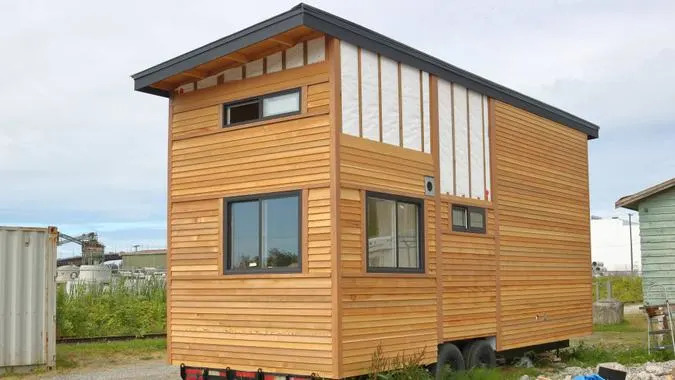
14. A Tiny Home Might Not Be Legal in Your City
State and local governments have their own building codes for homes built on permanent foundations. Permanent tiny homes often don’t meet those standards, so you’ll need to check the tiny-house ordinances for the specific city you’re living in.
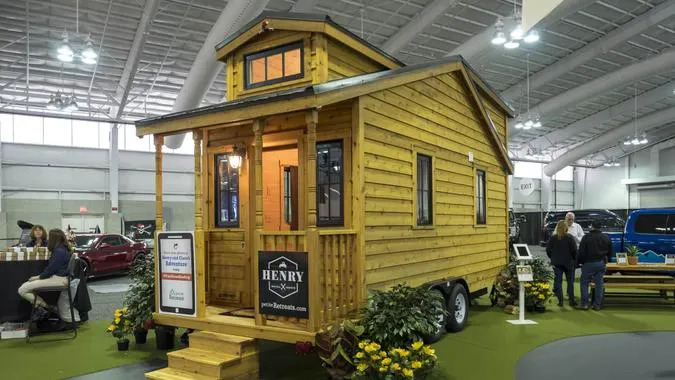
15. Tiny Homes Are a Bad Investment
A tiny home built on a trailer isn’t real estate, even if you own the land that it’s parked on. Tiny homes on wheels are personal property, and like other personal property — such as cars and RVs — they depreciate over time. Real estate, on the other hand, usually appreciates over time.
Find: 5 Expensive Renovations Homeowners Always Regret
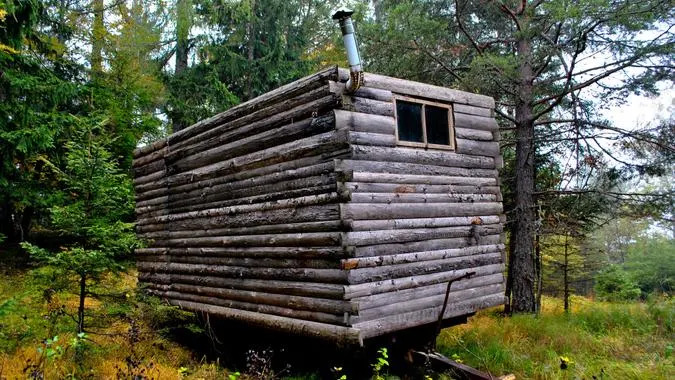
16. You Might Get Stuck With It
In the event that you want or need to sell your tiny home, finding a buyer won’t be easy. Tiny homeownership has more barriers to entry than traditional homeownership — there simply aren’t as many people willing to live in 400 or fewer square feet.
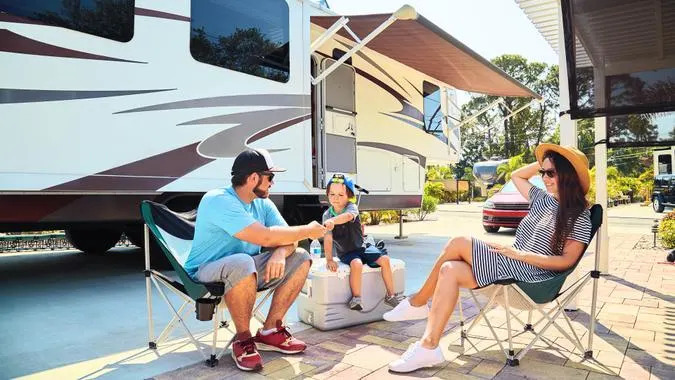
17. RVs Are Less Complicated
Unlike tiny homes — which require utility hookups unless they’re made for off-the-grid living — RVs are designed to be self-contained, so they have their own water and power supplies, plus a septic tank to hold waste. Also, RVs are usually lighter and more aerodynamic than tiny homes, so they’re safer and easier to tow.
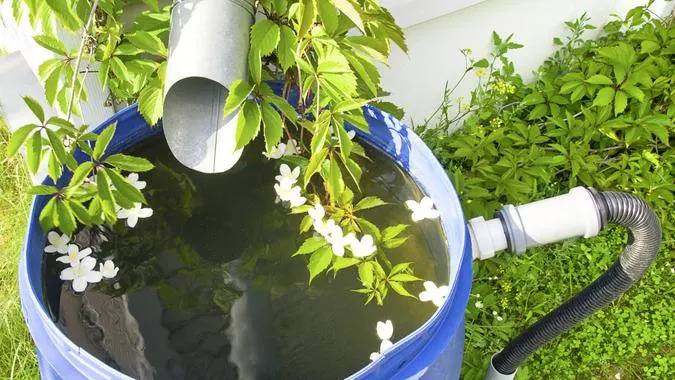
18. Tiny Appliances Can Have Big Costs
From built-in vacuum systems that clean up pet hair to rainwater recycling systems to rotation devices that keep tiny homes facing the sun to maximize energy efficiency, construction trends can drive the cost of your tiny home way up.
Also: 5 Kitchen Appliances That Just Aren’t Worth the Money

19. Financing Can Be Difficult
Unless your tiny home meets zoning and building code standards and is built on a permanent foundation, it won’t qualify for traditional mortgage financing. You’ll need alternative financing, such as an RV loan, a personal loan or a credit card, which can have higher interest rates and might require a better credit score than a mortgage loan.
For example, you can get RV financing from Good Sam with a credit score of 600, but you’ll pay an exorbitant annual percentage rate of 19.95% as of March 24 — more than triple the average rate for a 30-year fixed-rate mortgage. The minimum credit score jumps to 640 for loans of $50,000 or more, and rates are still double the average mortgage rate.
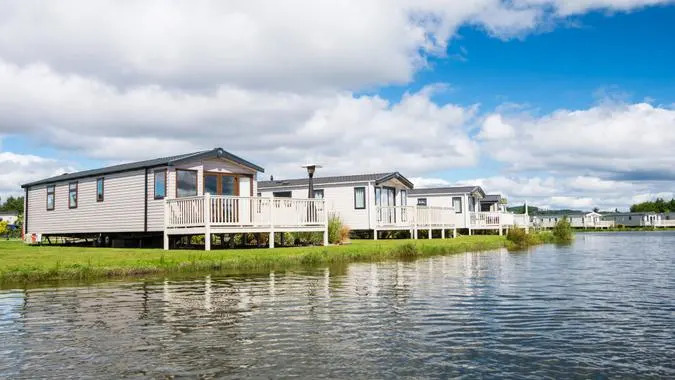
20. Tiny Homes Typically Cost More Than RVs
Construction prices for a completed tiny house average $45,000, according to HomeAdvisor. For about the same price, you can get a 902-square-foot mobile home with three bedrooms and two bathrooms, according to Mobile Homes Direct 4 Less.
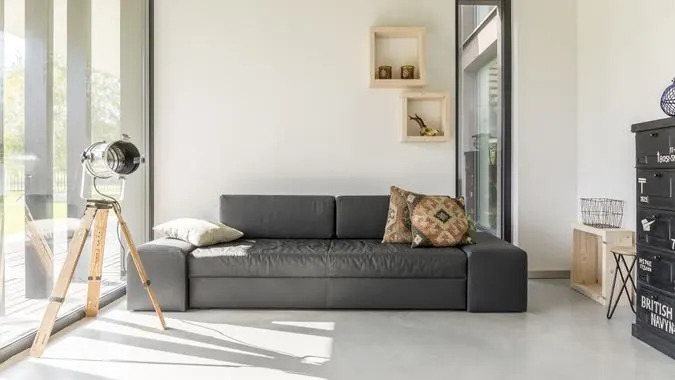
21. There Are Better Ways To Be a Minimalist
There’s a lot to be said for living simply and within your means. You can adopt that lifestyle now by selling extra belongings, vowing not to buy any more unnecessary items or even downsizing to a smaller — but not tiny — home. You’ll have a chance to build equity in your property instead of investing thousands into a potential fad that won’t appreciate.
